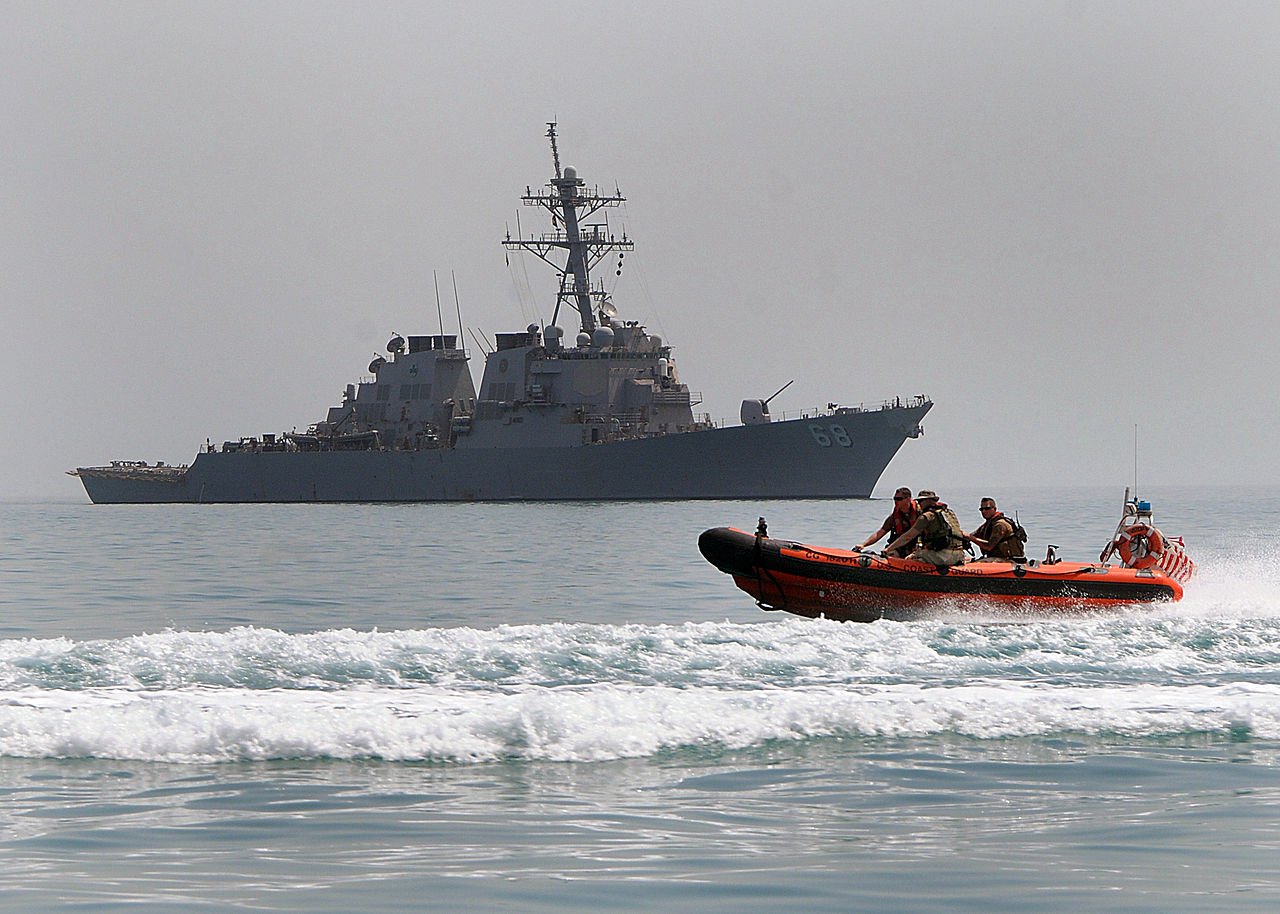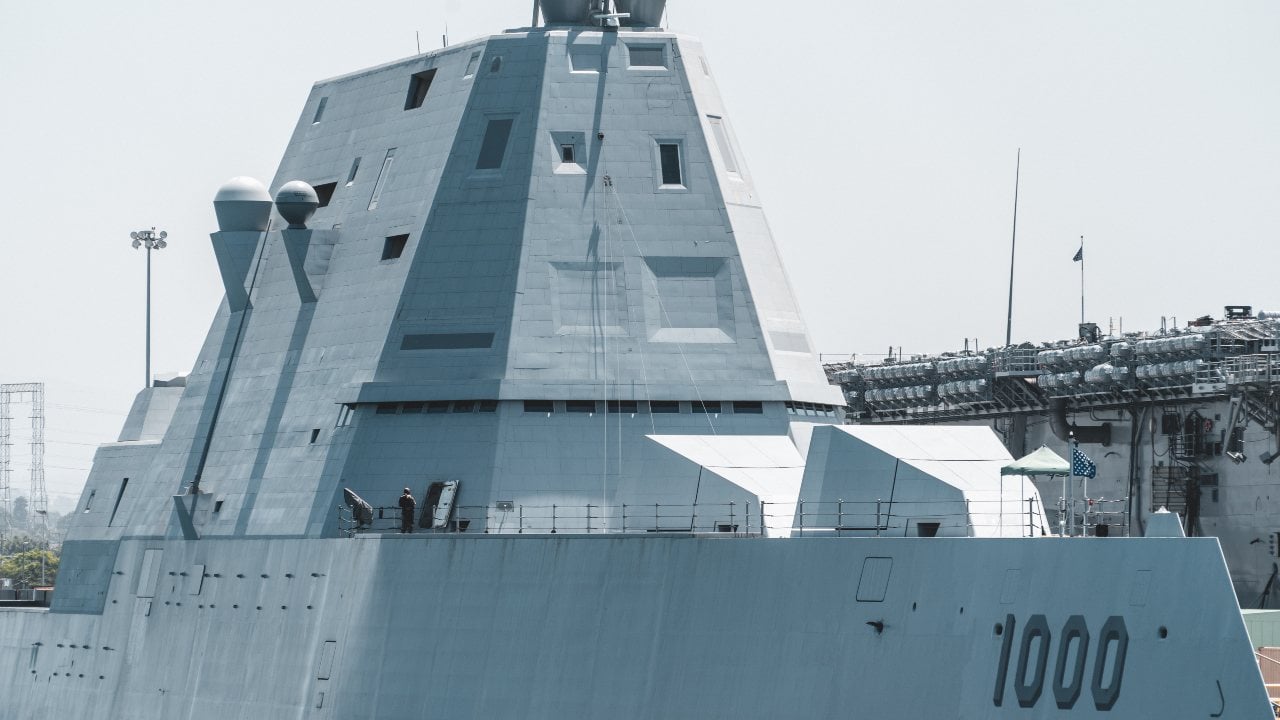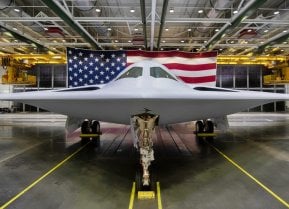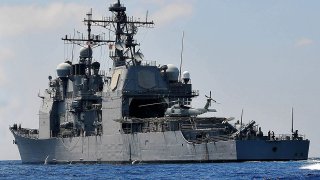DDG(X) Who? The Flight III Arleigh Burke-Class Destroyers Aren't Going Anywhere
A lot could ride on the DDG(X), especially after the fiascos that included the U.S. Navy's Zumwalt-class and Littoral Combat Ship program. Both failed to deliver on their highly-touted promises.
The U.S. Navy Will Continue to Build the Arleigh Burke as The Next Generation Destroyers Enter Service - It was two years ago this month that the United States Navy revealed plans for its next generation DDG(X) warship, which could be armed with hypersonic missiles and lasers that are at least 10 times more powerful than the service's current generation of energy-based weapons.
The first in the new class of warship, which will eventually replace the current Ticonderoga-class Aegis cruisers and older Arleigh Burke-class guided missile destroyers, could be procured in the fiscal year 2028 (FY28) budget, with construction beginning a few years later.
However, it was reported earlier this month that the U.S. Navy may also seek a three-year overlap between the start of the construction on the DDG(X) warships and the final Flight III Arleigh Burke DDGs, the most recently updated version of the destroyers. According to USNI News, the new destroyers will be built around the high-powered AN/SPY-6 air and missile defense radar developed for the Flight III, the current inventory of missiles for its vertical launch systems while Navy officials have said the destroyers could be a platform for future hypersonic missiles, USNI News first reported.
There are currently 73 Arleigh Burke-class guided-missile destroyers in service out of a planned 92. Ten are currently under construction, while the final nine have been ordered. The lead vessel, USS Arleigh Burke (DDG-51), was commissioned in July 1991 – and the class has gone on to have the longest production run of any U.S. Navy surface combatant.
Larger Destroyers
The Arleigh Burke-class of warships, which were developed at the tail end of the Cold War, have an overall length of 500 to 510 feet and a displacement that ranges from 8,230 to 9,700 tons. The DDG(X) would be larger however, displacing around 13,500 tons.
The U.S. Navy plans to be the design agent for the new ship, while it work in conjunction with the two existing guided-missile destroyer yards – General Dynamics Bath Iron Works in Bath, Maine, and HII's Ingalls Shipbuilding in Pascagoula, Miss.
While the weapons and sensors will be similar to those on the Flight III DDGs, the propulsion for the DDG(X) could be based on the Integrated Power System employed on the U.S. Navy's three Zumwalt-class destroyers. That system of gas turbines drives a complex electrical grid, which powers electric motors to propel the ship. It offers an excessive margin for new sensors and weapons.
"Just from a design standpoint, our shipbuilding programs are evolutionary vice revolutionary," Rear Adm. Fred Pyle told USNI News. "Where design and automation come in for DDG(X) is the hull form, what we're doing in the propulsion plant, and those other enablers are the platform."

A Do-Over For the Navy
A lot could ride on the DDG(X), especially after the fiascos that included the U.S. Navy's Zumwalt-class and Littoral Combat Ship program. Both failed to deliver on their highly-touted promises.
Originally, 32 Zumwalt -class destroyers were planned – with the $9.6 billion research and development (R&D) costs spread across the whole of the class – but the program was scaled back to 24 warships. It was further cut back to seven and finally just three Zumwalt-class guided missile destroyers were produced for the U.S. Navy, bringing the price tag per ship to $7.5 billion including the R&D costs. As a result, the Navy reverted to building more of the proven Arleigh Burke-class destroyers.
As conceived, the Zumwalt-class was to be the largest and most technologically sophisticated destroyers ever built. At 610 feet long, about 81 feet wide, and displacing about 15,761 tons, the destroyers were larger than the Arleigh Burke-class. Despite its increased size, the sleek, wave-piercing tumblehome design of Zumwalt-class destroyers was meant to make it appear smaller on radar, while its electronic propulsion system enabled it to reach top speeds in excess of 30 knots. In addition, the warships were designed to operate with a crew of just 158 sailors, about half of the Arleigh Burke-class destroyers.
Where the problems began is that the Zumwalt-class was initially designed with a focus on land attacks, while it could take on secondary roles including surface and anti-aircraft warfare. It was also developed to be capable of performing a range of deterrence, power projection, sea control and command and control missions – while it could operate in both the open ocean and near-shore environments.

The biggest issue was how the new class of warships was actually expected to accomplish the primary mission of land attacks. As a new generation of warships, the Zumwalt-class was designed to be fitted with two 155mm Advanced Gun Systems (AGS), which are capable of engaging targets with precision-guided shells at a range of up to 60 miles.
The three Zumwalt-class destroyers are now being modified to carry hypersonic weapons, but some experts have suggested the better course of action would be start with clean slate and focus on the DDG(X). It would seem that is where the Navy is now headed.
Author Experience and Expertise: Peter Suciu
Peter Suciu is a Michigan-based writer. He has contributed to more than four dozen magazines, newspapers, and websites with over 3,200 published pieces over a twenty-year career in journalism. He regularly writes about military hardware, firearms history, cybersecurity, politics, and international affairs. Peter is also a Contributing Writer for Forbes and Clearance Jobs. You can follow him on Twitter: @PeterSuciu. You can email the author: [email protected].
All images are Creative Commons.


